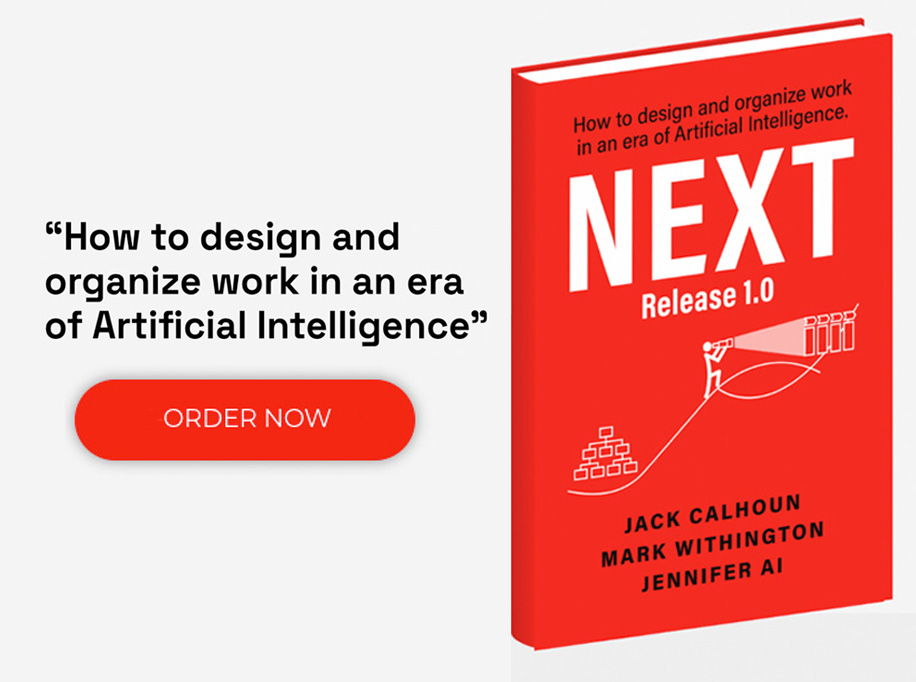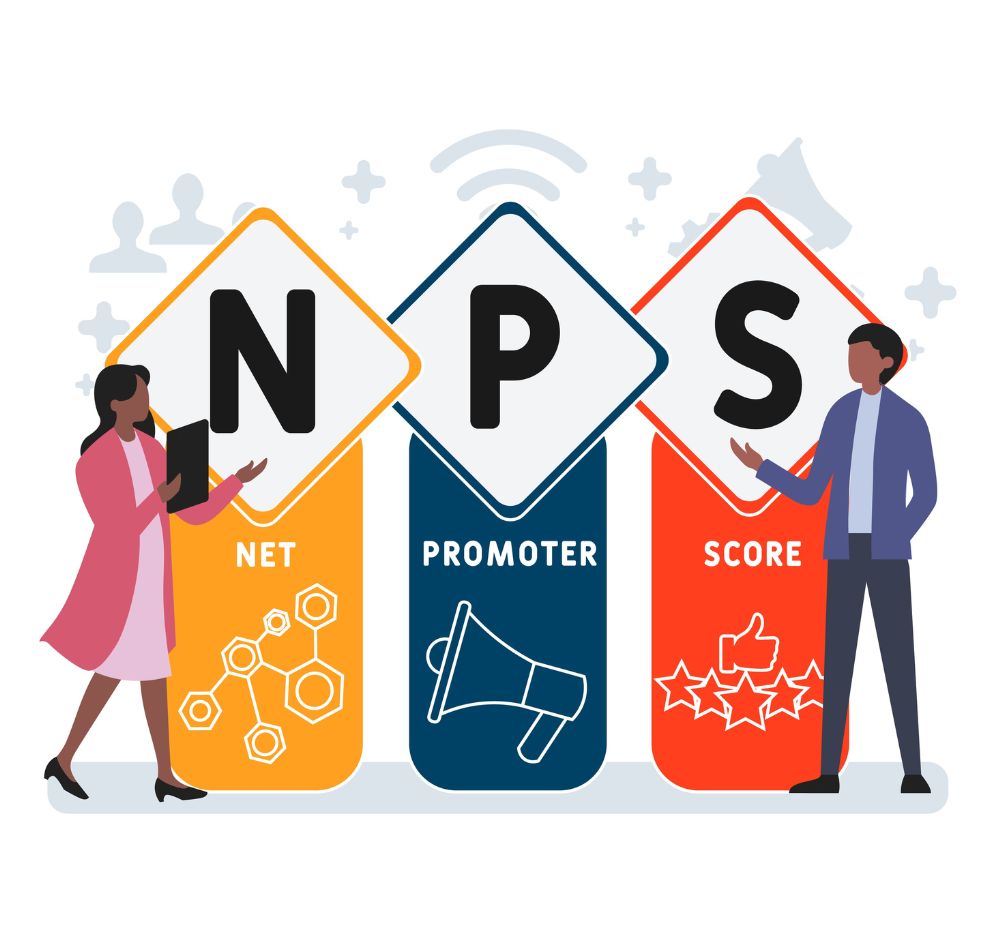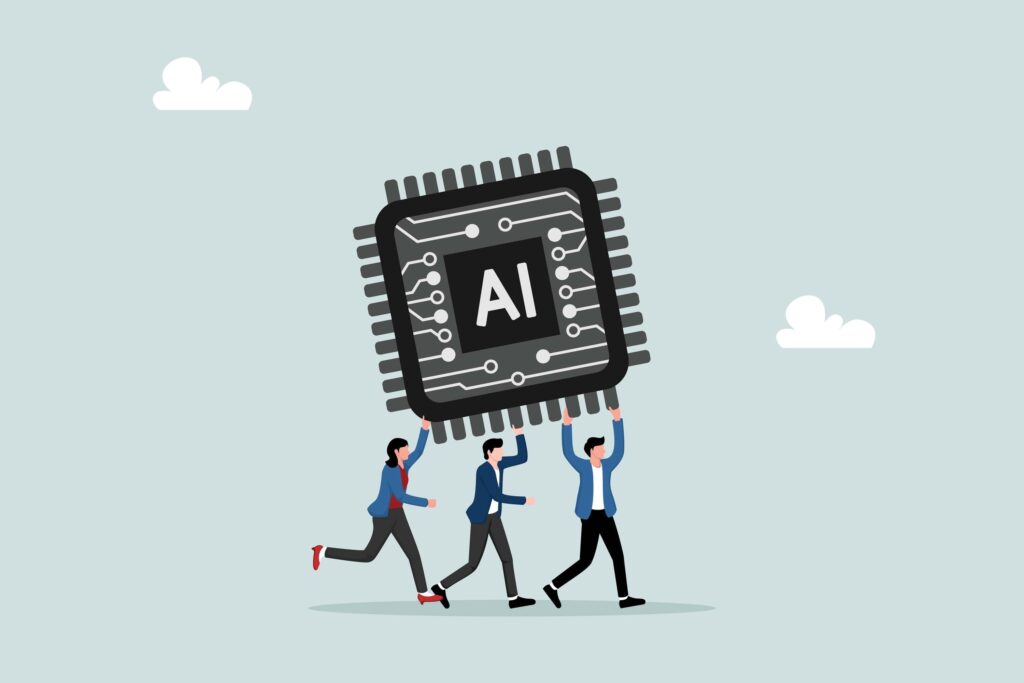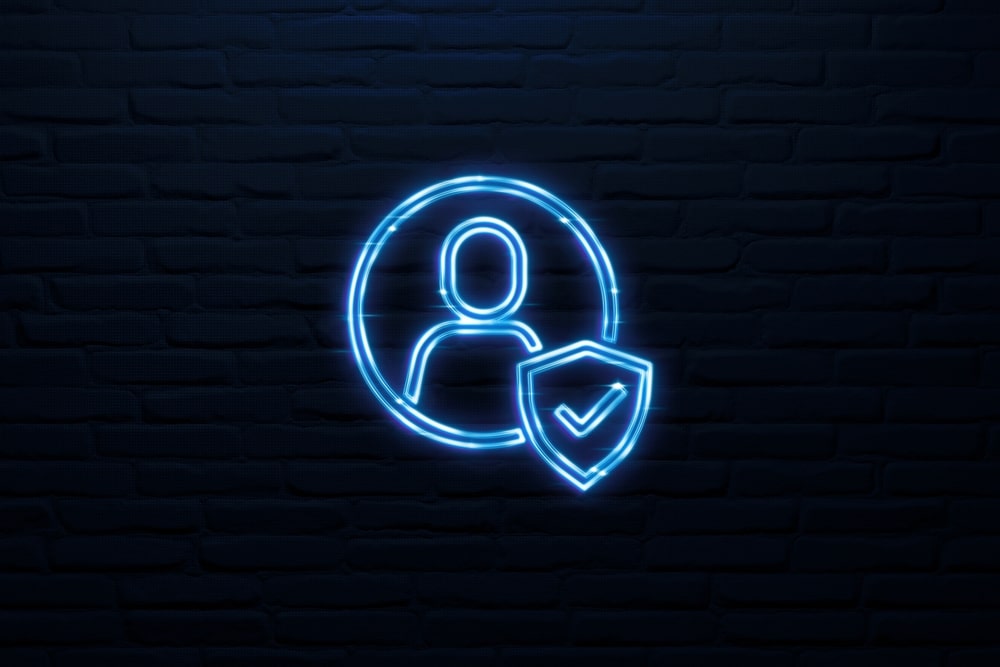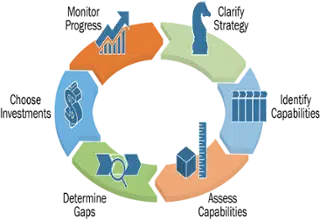At Accelare, we know that exceptional customer experiences are the key to sustainable growth and long-term success. Our pioneering approach to customer lifecycle management combines cutting-edge technology, behavioral economics, and a deep understanding of customer psychology to help you create purposeful, satisfying journeys. In this article, we share our exclusive insights on the seven stages of the customer lifecycle, the transformative power of our Hi-Def Operating Model, and proven strategies for optimizing every touchpoint along the way.
What Is the Customer Lifecycle?
The customer lifecycle is an ongoing process that ideally spans a significant period of time. Throughout this process, the customer’s relationship with the company evolves as they move through different stages, such as considering a purchase, making a purchase, using the product or service, receiving support, and ultimately deciding whether to continue doing business with the company or recommend it to others.
The Importance of Understanding the Customer Lifecycle Journey
The customer lifecycle provides a framework for understanding the customer’s journey and how their needs, expectations, and behaviors change over time. It helps companies visualize the entire customer experience from start to finish, rather than focusing on isolated interactions or transactions. By understanding the customer lifecycle, companies can develop strategies to engage and support customers at each stage, with the goal of building long-term, mutually beneficial relationships.
In the context of the Hi-Def Operating Model, the customer lifecycle serves as a foundation for aligning internal processes, capabilities, and technologies with customer needs and expectations. With the customer at the center of operations, organizations create a customer-obsessed culture that helps them thrive.
7 Stages of the Customer Lifecycle Journey
The customer lifecycle is not a linear process, but rather an ongoing cycle of engagement and feedback. It consists of the following stages:
- Awareness: The customer becomes aware of the company, product, or service through various marketing channels such as advertising, social media, or word-of-mouth.
- Consideration: The customer expresses interest in the offering and begins to research and compare options. They may visit the company website, read reviews, or seek recommendations from friends and family.
- Purchase: The customer decides to buy the product or service, completing the transaction through the company’s preferred channels, such as online, in-store, or through a sales representative.
- Onboarding: The customer begins using the product or service and learns how to derive value from it. This stage may involve setup, installation, training, or initial support.
- Engagement: The customer actively uses the product or service and interacts with the company through various touchpoints, such as customer service, newsletters, or loyalty programs.
- Retention: The customer continues to derive value from the offering and remains loyal to the brand. The company focuses on keeping the customer satisfied and engaged through ongoing support, personalized communication, and value-added services.
- Advocacy: The customer becomes a brand advocate and recommends the company’s products or services to others.
Best Practices for Customer Lifecycle Management
We provide several best practices and frameworks for effectively managing the customer lifecycle and creating a customer-obsessed organization. These include:
- Aligning Moments of Truth (MoTs) with the AIDAS Framework: We recommend mapping the Moments of Truth to the stages of the AIDAS (Attention, Interest, Desire, Action, and Satisfaction) framework. This alignment helps organizations understand how to optimize each critical touchpoint in the customer journey. For example, the Zero Moment of Truth (ZMOT) aligns with the Attention and Interest stages, where customers research and gather information. The First Moment of Truth (1st MOT) corresponds to the Desire and Action stages, where customers make a purchase decision. The Second and Third Moments of Truth (2nd and 3rd MOT) align with the Satisfaction stage, where customers are experiencing and sharing their opinions about the product or service.
- Measuring Customer Obsession Yield Number (COYN): We introduce the concept of the Customer Obsession Yield Number (COYN) as a way to measure customer attrition at each stage of the AIDAS framework. COYN helps organizations identify where the customer journey is broken and needs improvement.
- Developing Comprehensive Customer Catalogs: We recommend creating and maintaining comprehensive catalogs, including the Service Catalog, Persona Inventory, Customer Journey Inventory, and Moments of Truth Inventory. These catalogs serve as a foundation for understanding customer needs, designing customer-centric processes, and aligning internal capabilities with the customer experience.
- Leveraging Behavioral Economics and Psychographics: We emphasize the importance of understanding customer attitudes, biases, and motivations using behavioral economics and psychographic segmentation. With these insights, organizations can design experiences that nudge customers towards desired behaviors and outcomes while respecting their autonomy.
- Adopting a Hi-Def Operating Model: Our Hi-Def Operating Model provides a framework for aligning internal processes, capabilities, and technologies with the customer lifecycle. It helps organizations create a customer-obsessed culture that drives continuous improvement and innovation in the customer experience.
Ensure Customer Experience Success with Accelare
Our Customer Experience Optimization service is designed to help you create purposeful, satisfying customer journeys that increase customer satisfaction, boost loyalty, and enhance your Net Promoter Score. We help you identify process inefficiencies, leverage data-driven insights, and implement tailored strategies that align with your business objectives.
Take the first step towards elevating your customer experience by completing our free 4-minute CX Journey Assessment. We then provide a comprehensive analysis of your existing customer interactions, identifying strengths and areas for improvement. Our team of experts will work closely with you to implement strategies based on the assessment, ensuring that every change is aligned with your goals.
—
References:
- https://www.accelare.com/digital-transformation/customer-experience
- https://www.accelare.com/blog/how-to-build-an-operating-model-7-steps-to-success
- https://www.accelare.com/blog/moments-of-truth-service
- https://www.accelare.com/blog/what-is-customer-experience-optimization
- https://www.accelare.com/blog/what-is-the-connection-between-digital-transformation-and-customer-experience
- https://news.uchicago.edu/explainer/what-is-behavioral-economics
- https://mailchimp.com/resources/psychographic-segmentation-examples/
- https://sqyopd0f91i.typeform.com/to/RIBMrQXI?__hstc=76791882.4beaee7af5d48c7681c7c559e4d40e01.1682504887270.1685988563121.1686074605012.17&__hssc=76791882.1.1686074605012&__hsfp=3290395206&hsCtaTracking=66b5eafd-bcb7-41be-9e78-0be216ee8d42%7C79bd086f-00b2-49f1-9a2f-95da26b5118d&typeform-source=accelarestg.wpengine.com

